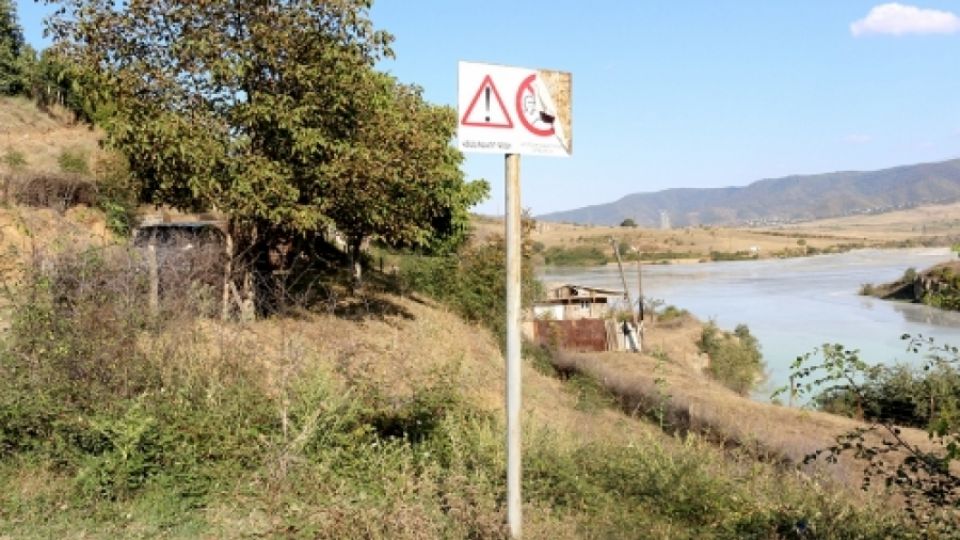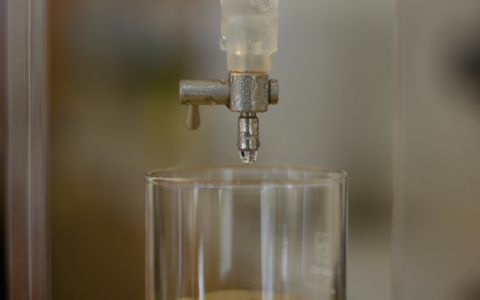A new project has been launched in the Tumanyan area of the Lori Region, aimed at creating and developing an informed and active civil society advocating the rehabilitation of the environment polluted by the mining and metallurgical industry. Arnika, a Czech NGO focused on chemical safety, together with its partners, the “Center for Community Mobilization and Support” NGO and “EcoLur” Informational NGO, continues to screen for the pollution of the Tumanyan area by toxic compounds contained in the emissions and wastes of the mining enterprises that saturate the Tumanyan area.
Among them are the infrastructure facilities of the Akhtala mining and processing plant, Alaverdi copper-smelting plant, Teghut mining program, and Mghart mining program, which are processing shops, toxic tailings accumulating in tailing dumps, and waste rock dumps. Studies carried out in 2018-2020 made it possible to assess the potential impact on human health of heavy metals and other toxic compounds.
Thus, for the first time, dioxins and dioxin-like substances, one of the most toxic compounds, were found in free-range hens eggs in Alaverdi. In Akhtala, an increased carcinogenic risk posed by arsenic for children and an increased non-carcinogenic risk posed by cadmium, also for children, were identified.
In 2021, specialists and volunteers will continue to collect and process environmental monitoring and human biomaterial data near potential sources of pollution.
On the basis of the collected database, it is proposed to create an interactive map of the Tumanyan area with the locations of sampling, and information on the content of pollutants in them and their potential harm to health.
“Environmental and chemical safety is an integral part of basic human needs. One of the key ways of increasing the security of the population is to inform them about possible risks,” Valeria Grechko, the project coordinator from Arnika, said. She explains that the interactive map is aimed at a wide public. “The data from the monitoring which has been carried out in the Tumanyan area since 2018 will be presented in an accessible form. This tool will help to provide all the necessary information about the contaminated sites, as well as explain the adverse effects of pollutants on human health, thereby protecting the local population. The intention is to expand the network of activists who will receive knowledge about the problem of environmental pollution and how the problems can be solved,” she said.
Oleg Dulgaryan, Head of “Center for Community Mobilization and Support” based in Alaverdi, is confident that the struggle for the right to live in a clean environment will continue. “Already about 60 citizens living in the contaminated area have applied to the court and demanded compensation for the harm caused to their health and property by the miners. In 2021, the geographic area of the study will be expanded. The new studies will cover the Stepanavan area in the Lori Region, where there is an active source of pollution caused by Armanis gold-polymetallic mine,” he said.
For its part, EcoLur believes that training informing active groups of citizens about environmental pollution by the mining industry is especially important now, given the attempts of mining companies to expand their activities into new, unpolluted territories in Lori.
The project is being implemented with the financial assistance of the Ministry of Foreign Affairs of the Czech Republic within the Transition Promotion Program.







